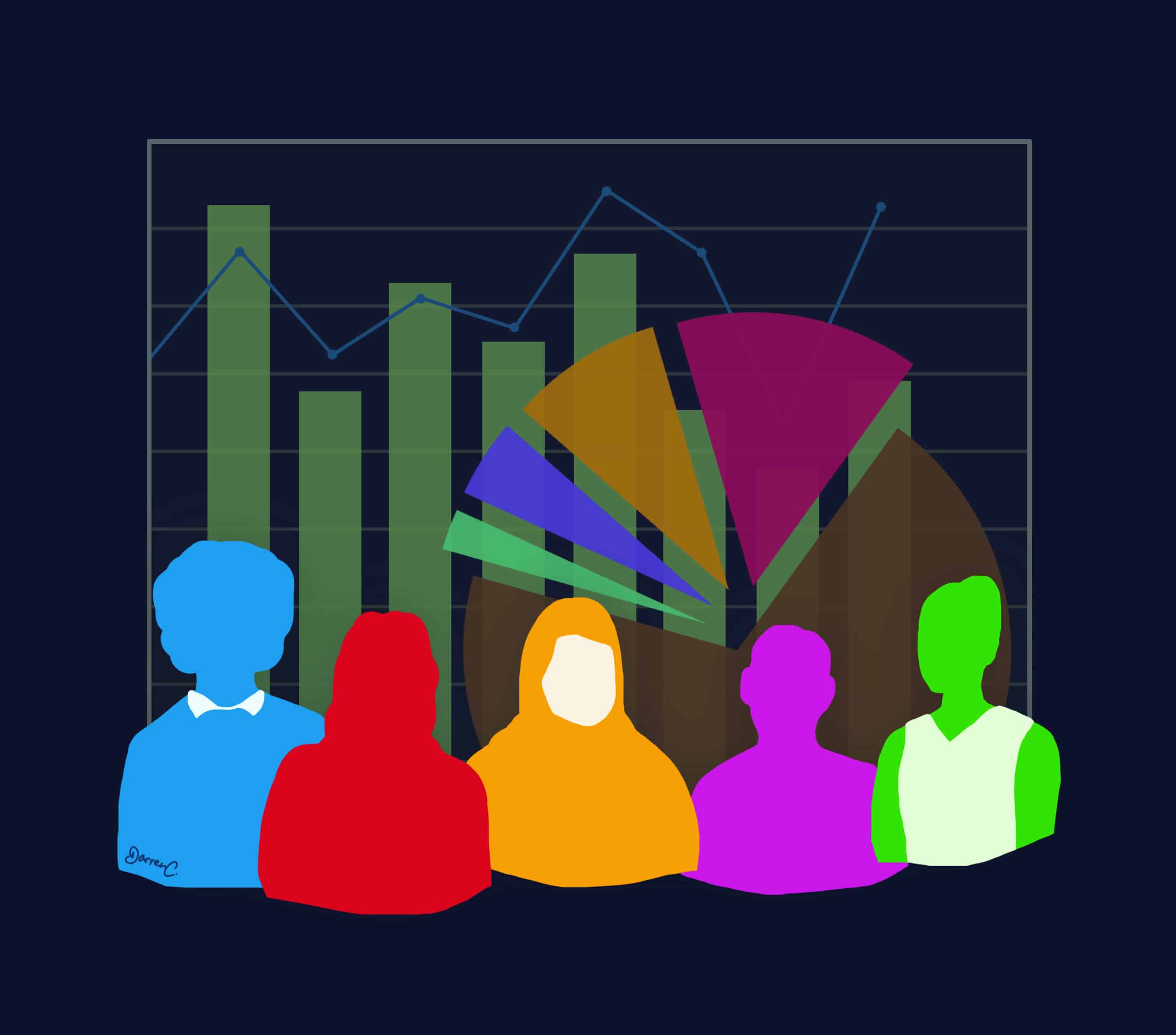On October 26, universities across the country, including the University of Toronto, pledged to collect, release, and make publicly available all demographic data on their faculty, staff, and students over the next five years. The pledge is an attempt to promote equity, diversity, and inclusion at these institutions.
Universities Canada, an advocacy association of post-secondary institutions, published a press release that read, “Universities recognize the vital importance of a diversity of identity and thought, with room for a variety of ideas, geographies, cultures, and views. While progress has been made over the past few decades, we recognize that there is more we can – and must – do to truly achieve inclusive excellence.”
In the Action Plan for Inclusive Excellence, members of the organization put forward seven core principles: a commitment to make diversity evident on campuses; consult with students, staff, and faculty on the plan; identify and address new hiring practices concerning under-represented groups; provide support for faculty success; raise awareness through teaching and research; share human resource practices with other institutions around the world; and “generate greater awareness of the importance of diversity and inclusive excellence throughout Canadian higher education.”
“This is something that we’ve been working on for some time, and actually well before Universities Canada’s decision in the fall,” said Kelly Hannah-Moffat, Vice-President Human Resources and Equity at the University of Toronto. “We, in general, want to gain a better understanding of the diversity of our students, faculty, and staff so that we can then better identify the needs of our community. And we need data to do that.”
The university will collect information on demographics through surveys sent out to relevant parties and will make them publicly available. “We have so far got a 70% response rate on that [staff] survey,” said Hannah-Moffat. “We’re looking to make sure we have a good representative sample — 70 per cent is high for most surveys, and we’re going to consult with our community about the findings that we have and the kinds of questions and information, and we’ll be releasing that.”
The results of the surveys sent out to members of the university community will be compiled into one national database. The database will be designed to help institutions form better recruitment and hiring practices across the board.
According to Paul Davidson, President of Universities Canada, “We will be transparent and accountable, but I don’t think you’ll see us doing rankings and report cards.”
Mike Mahon, Universities Canada board chair and President of the University of Lethbridge, said, “An institution is going to say to itself, ‘If this data is going to be public, we want it to look as best as it can.’ It’s a simple approach called self-monitoring. If we have public self-monitoring, change will happen.”
The demographic pledge is not designed to be binding, though it was agreed upon by all presidents of Canadian post-secondary institutions. According to the administration, there is currently no timeline for the data to be released.


